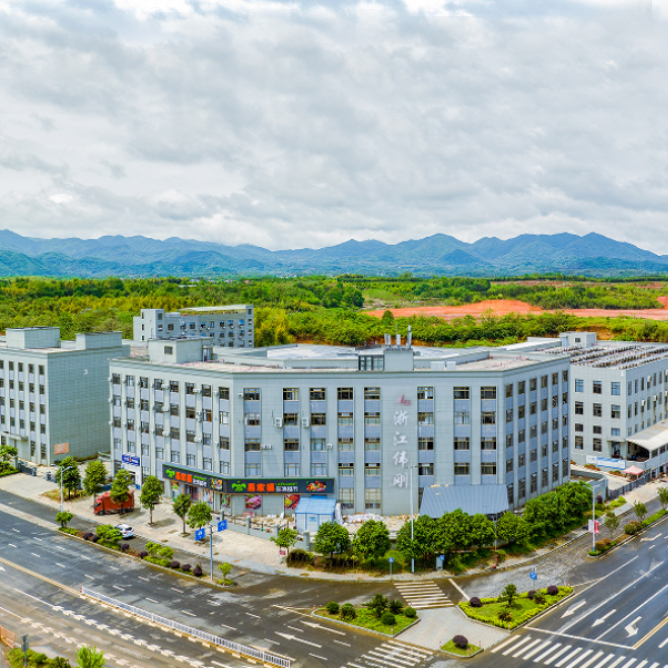1. How does the PTO series universal joint adapt to different PTO shaft angles and offsets?
AGRICULTURAL MACHINERY (PTO SERIES) U-Joint is an indispensable component of agricultural machinery. Its design and function are designed to effectively adapt to the diverse PTO shaft angles and offsets, which is one of the key factors to ensure the efficient operation and long-term reliability of agricultural machinery.
In agricultural operations, PTO shafts are usually connected to different attachments, which may need to work at different angles, such as tillage implements or harvesters. Therefore, the PTO series universal joint adopts a flexible connection design, such as a ball bar and a ball seat, which enables it to rotate freely in multiple axes and effectively transmit power under limited axial offset while reducing energy loss.
A well-designed PTO series universal joint can prevent excessive axial offset when transmitting torque. This ability not only ensures the stability of the transmission system, but also extends the service life of mechanical parts. Through high-quality material selection and precision manufacturing processes, these universal joints can maintain stability under high load and high-speed operation conditions, ensuring that agricultural machinery can consistently provide reliable power output in rigorous field operations.
In addition, PTO series universal joints also take into account the special challenges in agricultural environments, such as dusty, wet conditions and continuous working pressure. To this end, they use durable materials such as high-strength alloy steel and are equipped with effective sealing designs to prevent external contaminants from entering internal components and keep lubricants clean and effective.
In terms of installation and maintenance, the correct installation of PTO series universal joints is crucial. Manufacturers provide detailed installation guidelines to ensure their proper position on the PTO shaft and adjust them to suit specific angles and working requirements. Regular lubrication and maintenance are also important measures to ensure the long-term and stable operation of PTO series universal joints, which includes checking and replacing lubricants, as well as checking the tightness and overall working performance of the couplings.
2. What are the lubrication requirements of PTO series universal joints in agricultural machinery?
In agricultural machinery, the lubrication requirements of AGRICULTURAL MACHINERY (PTO SERIES) U-Joints are critical to their normal operation and long-term performance. These universal joints usually require the use of high-performance grease or lubricating oil to ensure that friction and wear can be effectively reduced and transmission efficiency can be improved under various working conditions. The choice of lubricant should be determined based on the temperature range of the operating environment, load conditions, and speed of the PTO shaft. Generally speaking, grease is suitable for low speed and high load conditions, while oil is more suitable for high speed operation.
Lubrication frequency is one of the key factors to keep the PTO series universal joint in normal operation. The operating manual usually provides lubrication recommendations, and the operator should check regularly and lubricate according to the manufacturer's recommendations to ensure that the lubricant is maintained at the appropriate level. In the case of high-frequency use or working in harsh environmental conditions, more frequent lubrication may be required.
Lubrication methods include manual and automatic. Manual lubrication requires the operator to check and lubricate the universal joint regularly to ensure timely addition and replacement of lubricants. Automatic lubrication systems can automatically release lubricants according to preset time intervals or operating conditions, which improves the convenience and consistency of lubrication.
Lubrication points are usually located at key joints of universal joints, such as the contact surface of the ball rod and the ball seat, or other friction parts. The lubricant should be able to fully cover these key parts to reduce friction and wear, improve transmission efficiency and reduce energy loss.
Considering the special challenges of agricultural working environment, such as dust, moisture and high temperature, it is particularly important to select lubricants that are resistant to high temperature, water and dust. Good lubrication management can not only extend the service life of PTO series universal joints, but also reduce the frequency of maintenance and replacement, ensuring the reliability and production efficiency of agricultural machinery under various working conditions.




 English
English 中文简体
中文简体


























